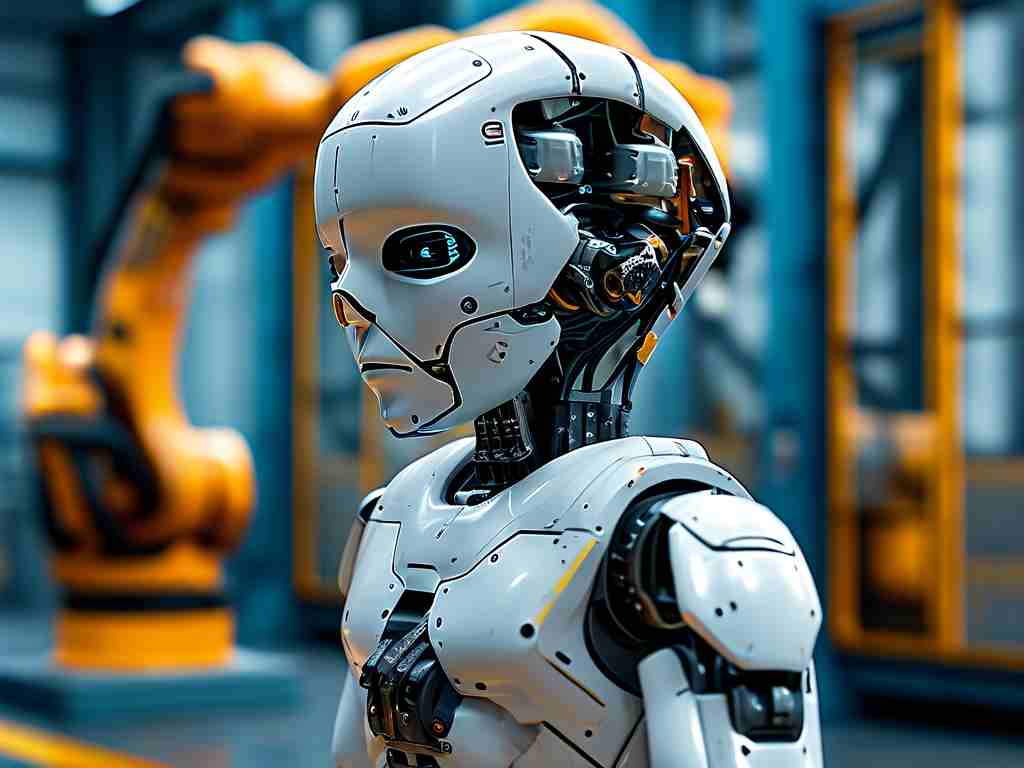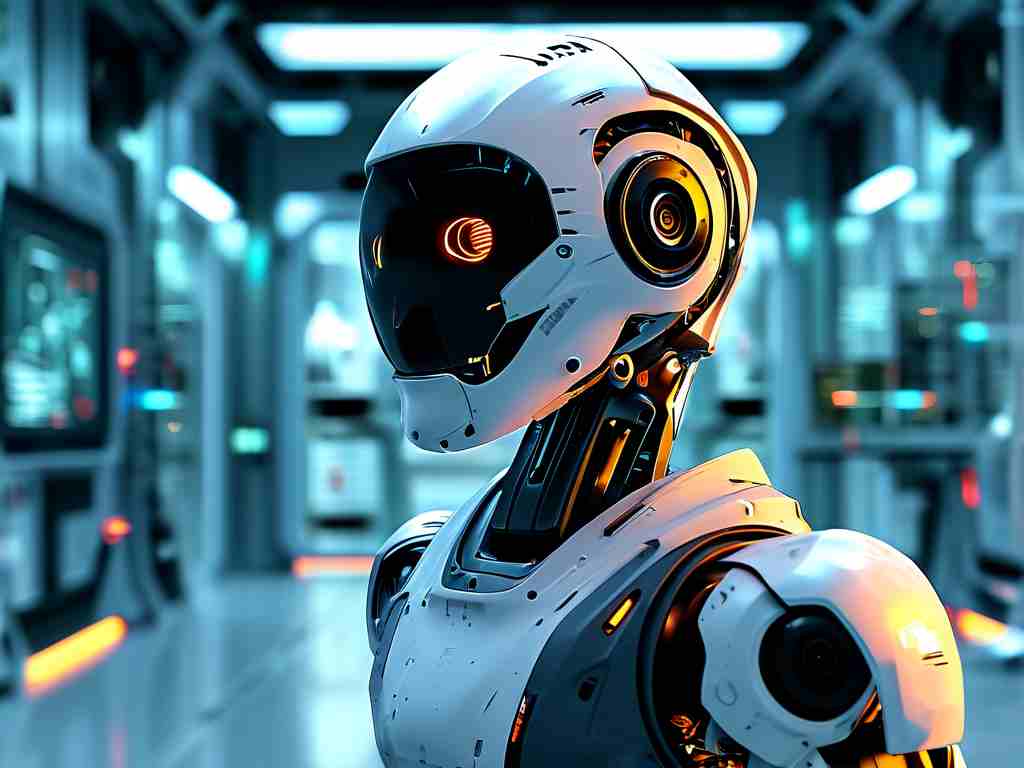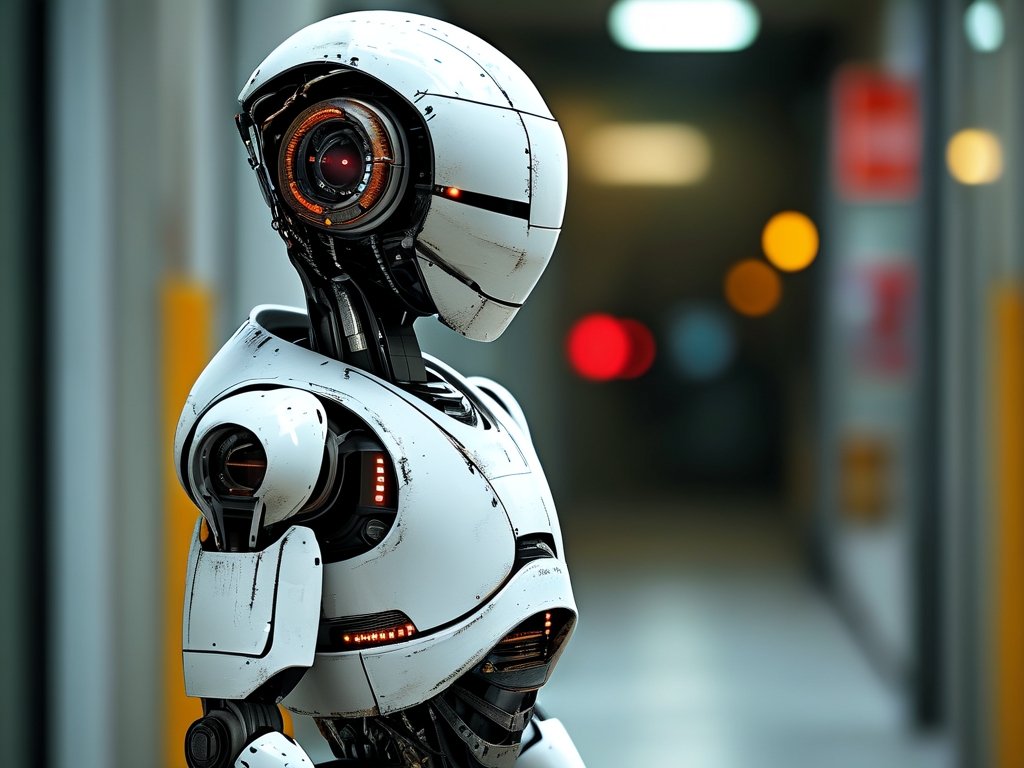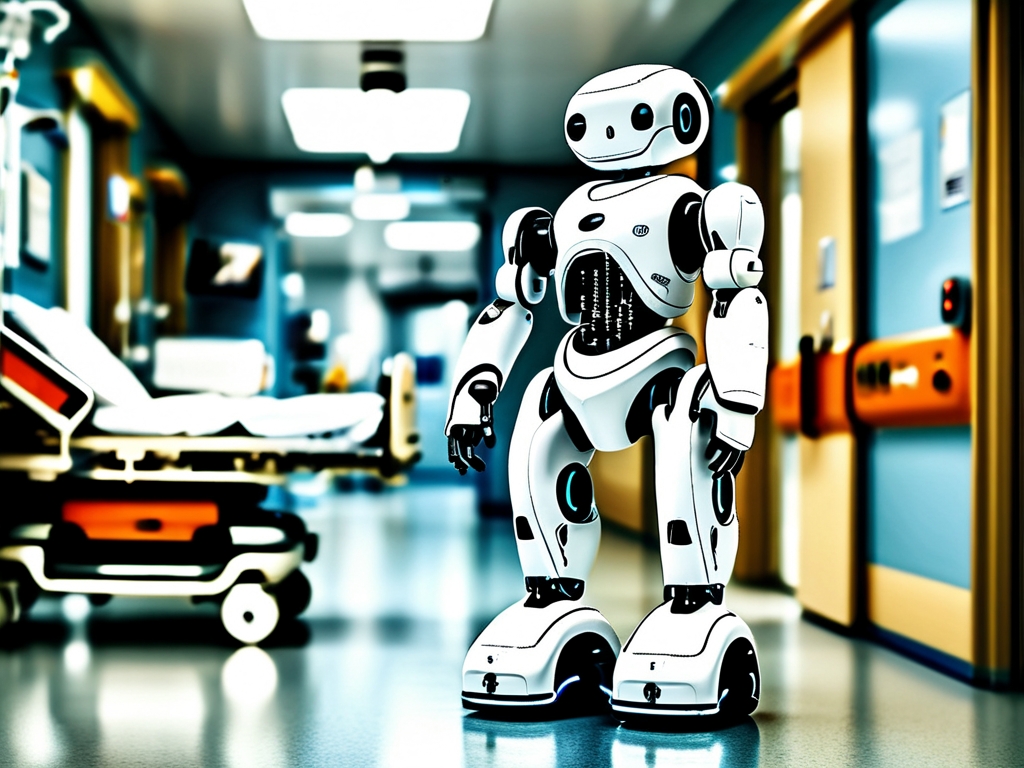The integration of robotics into dental implantology represents a groundbreaking shift in modern dentistry. Robotic dental implant technology combines precision engineering, artificial intelligence (AI), and advanced imaging to revolutionize how dental professionals plan and execute implant procedures. This article explores the technical principles behind this innovation, its workflow, benefits, and future implications.
Core Principles of Robotic Dental Implant Technology
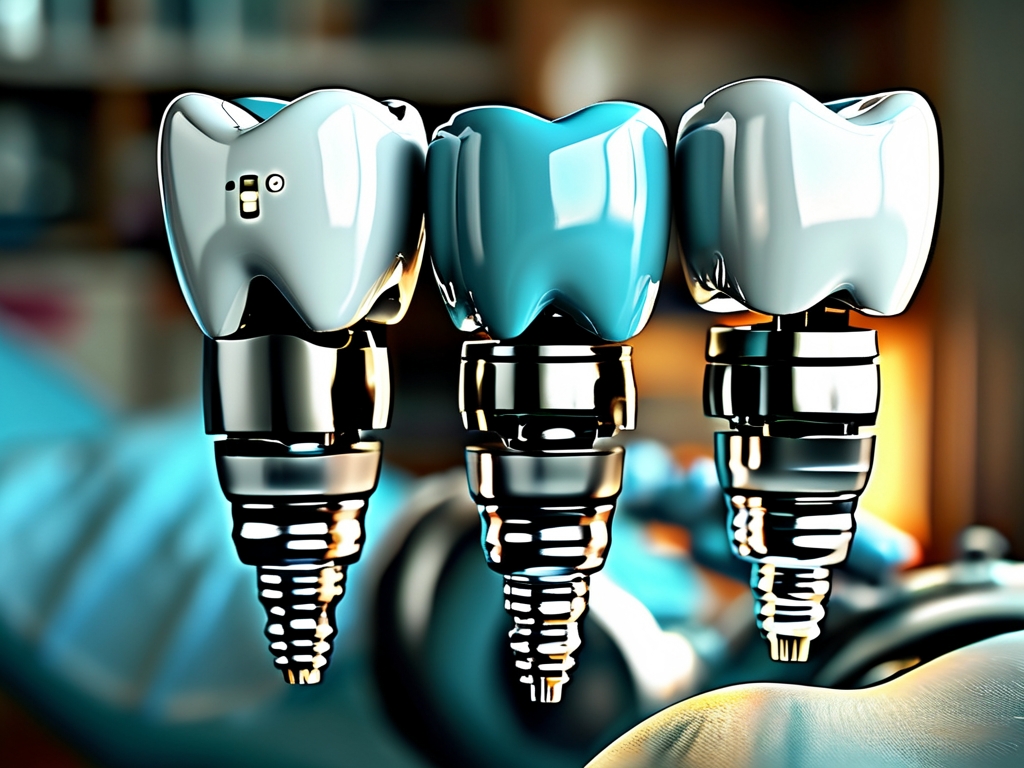
-
3D Imaging and Digital Planning
The foundation of robotic dental implants lies in high-resolution 3D imaging. Cone-beam computed tomography (CBCT) scans generate detailed models of a patient’s jawbone, soft tissues, and nerve pathways. Using specialized software, dentists digitally map the ideal implant position, angle, and depth based on bone density and anatomical constraints. This data is then transferred to the robotic system, which translates the plan into actionable steps. -
Robotic Arm Precision
A robotic arm, equipped with surgical tools, performs the implant placement. Unlike human hands, the robotic arm operates with micron-level accuracy (often within 50–100 microns). It follows the pre-programmed surgical plan to drill pilot holes, adjust trajectories in real time, and insert implants with minimal invasiveness. Force sensors ensure the arm stops automatically if unexpected resistance (e.g., hitting a nerve) is detected.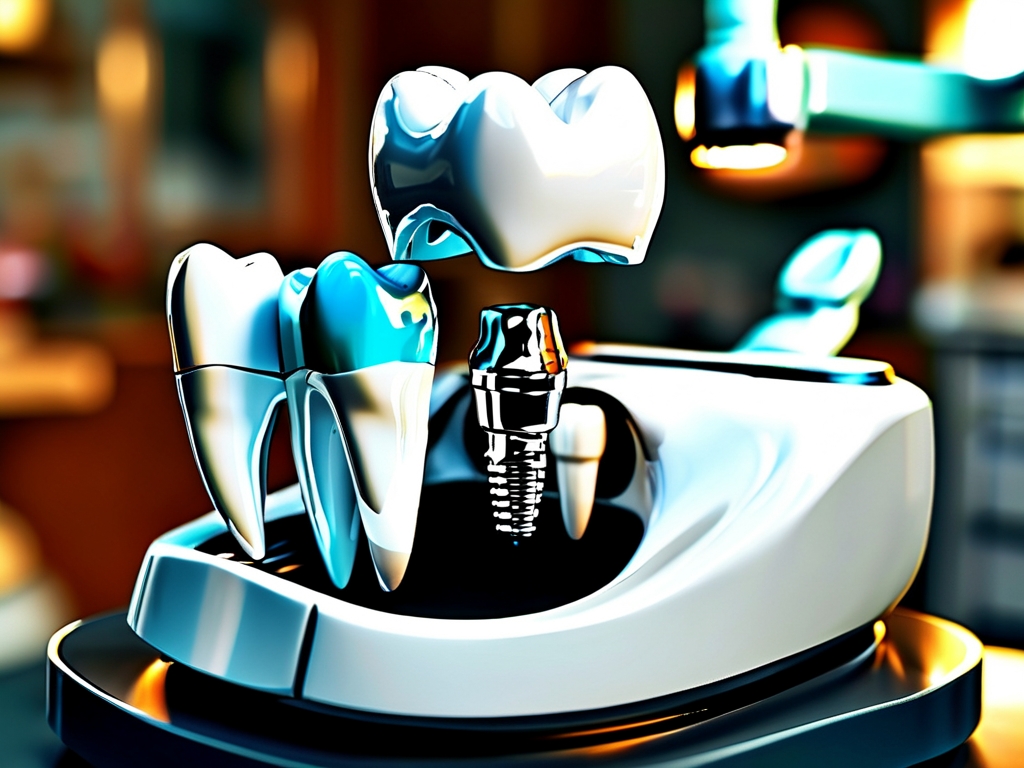
-
Real-Time Navigation and AI Adaptation
Advanced optical tracking systems monitor the patient’s movements during surgery. If the patient shifts slightly, the robot recalibrates its position using AI algorithms. Machine learning models also analyze historical case data to optimize drilling speed, torque, and pressure for different bone types, reducing complications like overheating or microfractures.
Workflow of a Robotic Implant Procedure
- Pre-Surgical Phase: CBCT scans and intraoral scans create a 3D virtual model. The dentist collaborates with engineers to design the implant plan.
- Robotic Setup: The robotic arm is calibrated, and the patient’s head is stabilized using a non-invasive fixation device.
- Guided Surgery: The robot drills the osteotomy site and places the implant according to the digital blueprint. Dentists supervise the process and intervene only if anomalies arise.
- Post-Operative Validation: Post-surgery scans confirm implant positioning, ensuring alignment with the original plan.
Advantages Over Traditional Methods
- Enhanced Accuracy: Robots eliminate human tremor and subjective judgment errors, achieving >98% placement accuracy in clinical trials.
- Minimized Trauma: Smaller incisions and precise drilling preserve healthy bone and reduce recovery time.
- Predictable Outcomes: Pre-planning reduces the risk of nerve damage, sinus perforation, or implant misalignment.
- Efficiency: Procedures that once took hours can now be completed in under 30 minutes for single implants.
Case Studies and Clinical Success
In 2022, a multicenter study published in the Journal of Oral Implantology compared robotic and manual implants in 1,200 patients. The robotic group showed a 40% reduction in postoperative pain and a 92% success rate at the one-year mark, versus 84% for manual placements. Hospitals like Beijing’s Peking University School of Stomatology now use robotics for full-arch restorations, achieving submillimeter precision even in complex cases.
Challenges and Limitations
Despite its promise, robotic implantology faces hurdles:
- Cost: Robotic systems require significant upfront investment (often exceeding $500,000), limiting accessibility.
- Learning Curve: Dentists must master both robotics and digital workflows, necessitating specialized training.
- Ethical Concerns: Debates persist about over-reliance on technology and potential job displacement in the dental field.
Future Directions
Emerging trends include:
- Miniaturized Robots: Nano-robots for minimally invasive gum and bone regeneration.
- AI-Powered Predictive Analytics: Systems that forecast long-term implant stability based on patient biomarkers.
- Teledentistry Integration: Remote robotic surgeries guided by experts in real time.
Robotic dental implant technology merges engineering brilliance with clinical expertise, offering safer, faster, and more reliable solutions for tooth restoration. While challenges remain, its potential to democratize high-quality dental care—coupled with ongoing AI advancements—positions it as a cornerstone of next-generation dentistry. As research continues, the day when fully autonomous robotic implants become routine may not be far off.


